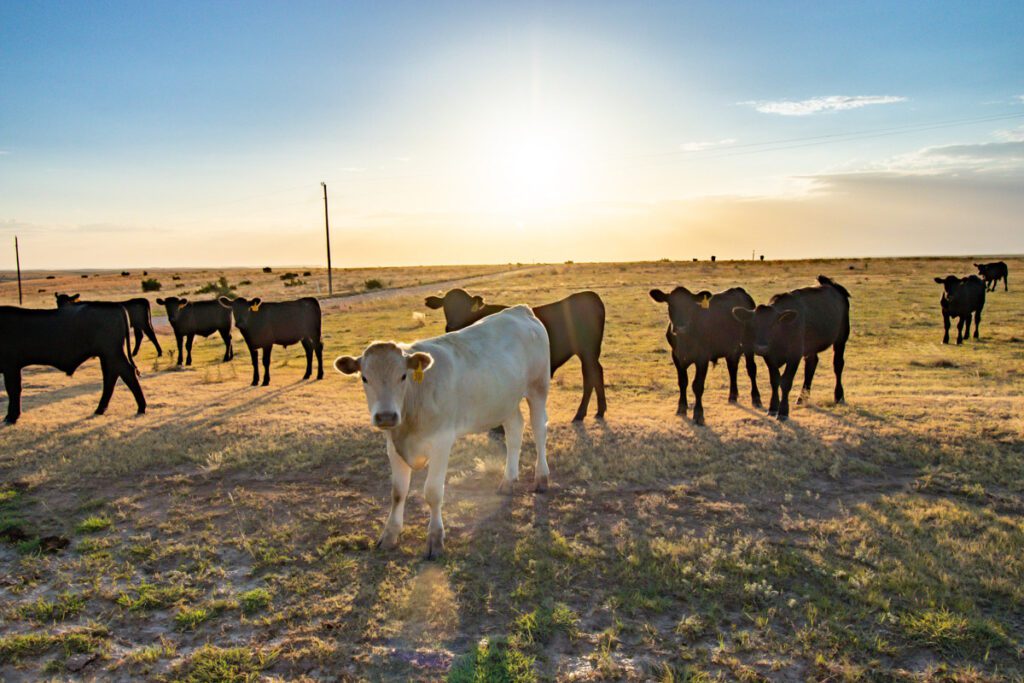As colder weather approaches, it’s important to ensure your home and land are prepared to withstand freezing temperatures. Proper winterizing can save you from costly repairs, boost energy efficiency, and keep your property in top shape throughout the winter months. Here are some key steps to prepare your home and land for the cold.
1. Seal Windows and Doors
Drafts can let cold air in and drive up your heating bills. Start by checking windows and doors for gaps or cracks where air can seep through. Use weatherstripping or caulk to seal these areas and improve insulation.
- Tip: Install storm windows or plastic window insulation kits for added warmth.
2. Check Your Heating System
Your heating system will be working overtime in the cold months, so it’s essential to make sure it’s running efficiently. Schedule a professional inspection to clean and tune up your furnace, and replace any dirty air filters.
- Tip: If you have a fireplace, get it inspected and cleaned to prevent chimney blockages or fire hazards.
3. Insulate Pipes and Water Lines
Frozen pipes are a common problem in winter and can lead to expensive water damage. Insulate any exposed pipes in unheated areas such as the garage, basement, or attic. Consider using pipe insulation or heat tape to prevent freezing.
- Tip: Let faucets drip during extreme cold to keep water flowing and reduce the risk of pipes bursting.
4. Livestock Preparation
Cold weather can be tough on animals, so ensuring they’re protected from the harsh conditions is vital to maintaining their health and productivity.
- Shelter: Ensure barns, sheds, or windbreaks are in good condition and ready to house livestock. Proper shelter will help animals stay warm and reduce stress caused by the cold.
- Water Supply: Prevent water sources from freezing by installing heated waterers or using tank heaters. Animals need access to fresh water throughout the winter, as they can’t rely on eating snow to meet hydration needs.
- Feed Supply: Cold weather increases energy demands, so stock up on extra feed to ensure animals are getting enough calories. Forage and hay should be readily available, and grain supplements may be necessary to keep animals at a healthy weight.
Bedding: Add extra bedding, such as straw or wood shavings, to barns and stalls to insulate livestock from the cold ground.
